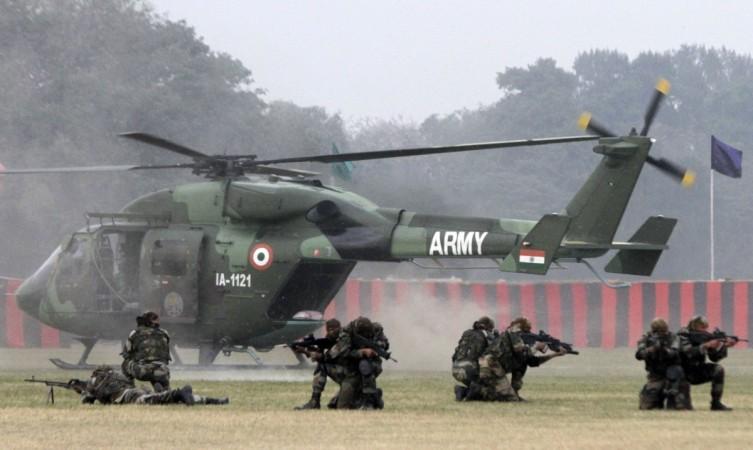
Indian Army is about to undergo the biggest re-structuring exercise ever undertaken since the country gained Independence. It would transform the 12 lakh-strong force into a mean and lean fighting machine and to be better prepared than any time before for future conflicts.
Indian Army chief General Bipin Rawat told the Hindustan Times that when new recommendations are implemented it will see reduction of troops by 1 lakh, allow the induction and adoption of new weapon systems and doctrine attuned to the modern battlefield, creation of integrated brigades capable of deploying swiftly, reduction in size of army headquarters, improve the tooth-to-tail ratio and enhanced career prospects of soldiers and officers.
General Rawat says the nature of warfare is changing and the army needs to change to be able to come out on top in any future war. He added that new structures have to be created for incorporation of modern technology and the changes and reforms will take time to implement but they will be adopted eventually.
Four studies have been completed and the first, reorganisation of army headquarters, will be sent to the Ministry of Defence for approval soon and it is likely to be implemented from early next year. The remaining three will be put before the government for approval in mid-2019.
At the recently-held army commanders' conference, the army chief and senior-most commanders went through the studies and everyone agreed with the suggestions contained in the studies.
A proposal in one of the studies to do away with the rank of brigadier to make career progression smoother didn't find much favour and as a result, the rank will stay, though a formula is being worked out which will allow improved career progression as well.
One suggestion, which is being looked at, is to promote colonels directly to the rank of major general. Once they are approved for the two-star rank they would command integrated brigades as brigadiers before attaining the rank of major general and commanding a division.
Army will reduce manpower by more than 1 lakh soldiers over a period of three to five years and some of them will be given new roles as cyber, information and psychological warriors.
Gen Rawat said the army spends Rs 6-8 lakh on every soldier annually while Rs 20-22 lakh is spent on an officer. The reduction in the number will save money which will be used on modernisation projects.
Gen Rawat says instead of calling the exercise downsizing, he would call it rightsizing to enhance the army's lethality. The new structures will be created at top levels which will help in providing the right equipment for the troops which need it the most.
The restructuring started on a smaller scale last year when 57,000 soldiers were redeployed in combat roles. This move was based on the recommendations of the Shekatkar committee which was constituted to suggest ways to increase army's combat potential while at the same time reducing day-to-day expenditure and spend the money thus saved on weapons and equipment.
Restructuring of army headquarters will see the merging of the Director General of Military Training with the Army Training Command and Director General of Rashtriya Rifles moving to Northern Command.








